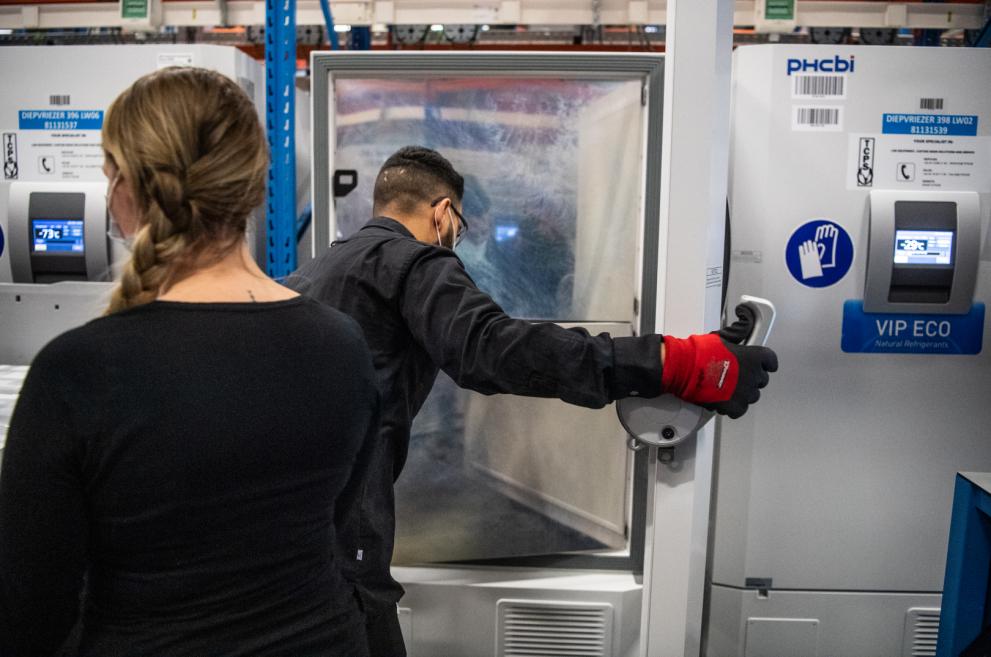Emerging and re-emerging infectious diseases are defined by the European Commission as ‘infections that have newly appeared in a population or have existed previously but are rapidly increasing in incidence or geographic range.’ (EUROPA website). The COVID-19 pandemic is a typical example.
New pathogens continuously emerge and, since the 1970s, 1 500 new pathogens have been discovered, a large proportion of which are zoonotic.
HIV/AIDS is an re-emerging disease. Since its discovery in the 1980s, HIV/AIDS remains a public health concern in EU/EEA countries, with around 25 000 new diagnoses reported each year. Although HIV is preventable, and effective treatment of HIV now exists, there is no cure yet. Despite its overall decline in the EU as a whole, in one third of EU/EEA countries the rates of HIV infection continue to increase.



